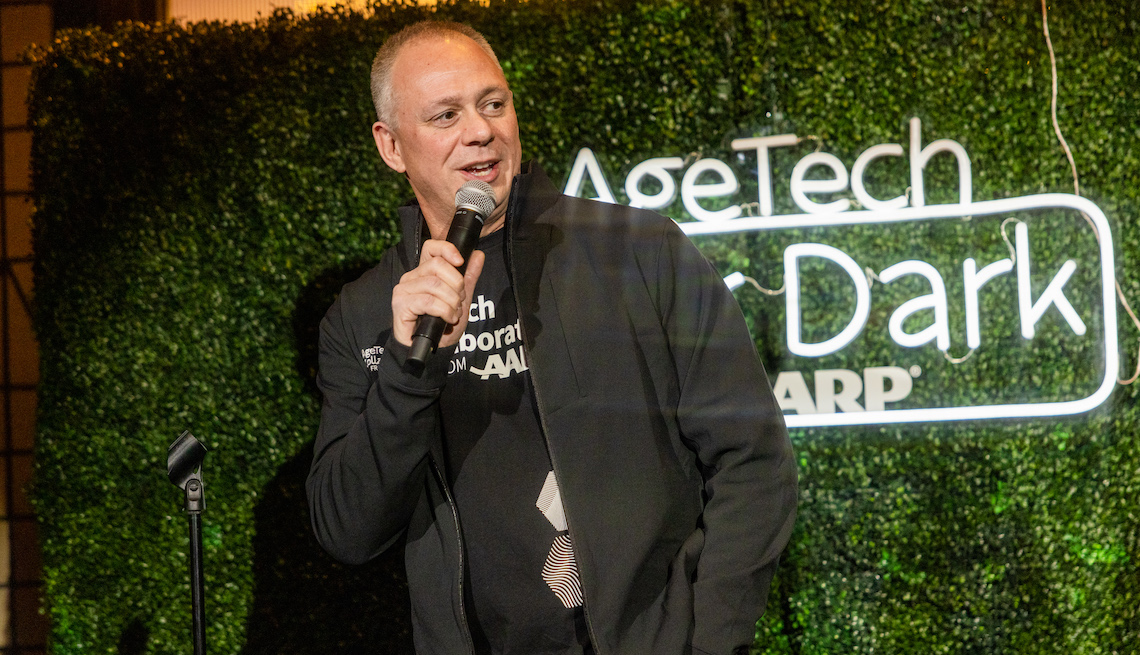1. Think differently.
2. Gain empathy.
3. And always challenge the status quo.
You’ll notice I didn’t say, “Create long lists of cool new ideas and send them to the boss.” I’m a big fan of the office whiteboard or its online equivalent, but I think that innovation ultimately means raising the bar a little higher than a conventional brainstorming session.
See more Technology & Wireless offers >
Your next great project might indeed start with a crazy-sounding idea, but on its own, that idea means little without the nuts, bolts, staff and time to carry it out. Ideas need to be housed within the four sturdy walls of reality.
They need mocking up, fleshing out and honing to the point of obsessiveness. With a focus on execution, let me explain the kind of culture I believe will sustain any organization’s mission and bottom line far into the future.
Gain empathy from outside your group
This isn’t about who cares the most. Many of AARP’s employees care deeply about the people whose lives they’re trying to make healthier, wealthier and more enjoyable. The biggest factor in determining if a company becomes an innovator or a dinosaur is whether it can think from the outside in instead of the inside out.
If an organization is going to create great new products and services — and that includes AARP for our members — we have to know what we’re solving for, not who out there might possibly want something we came up with.
In the most fundamental way, we have to know what our audience needs and who they are. Innovation means walking a tightrope in terms of aiming to meet the needs of adults 50 and older today and anticipating their very different needs in the future.
Andy Miller of AARP Innovation Labs, right, talks with AOL founder Steve Case on Jan. 7, 2023, at AARP’s AgeTech Collaborative booth during CES in Las Vegas.
ROGER KISBY FOR AARP
Think differently from what you’ve always done
For most people, innovation on the job probably won’t mean designing a prototype for a new product in a design lab. But it could mean something just as valuable: creating a streamlined process or procedure or finding a data set that reorients an entire program for the better.
However, to come up with those organization-boosting, money-saving, mission-embracing steps, you often need permission to look at what you’re doing in another way. I think that innovation happens only when people are pushed to solve problems in the most efficient ways and when they are given permission to fail.
If you never fail, you weren’t thinking big enough from the beginning.
Challenge the status quo
You can do this in a million ways at your organization.
A small innovation would be finding a way to boost your own productivity a little every day. Bigger could be as “radical” as eliminating an unnecessary weekly meeting.
Challenging the status quo aligns closely with creating a path for promising ideas and lining that route with the tools needed to make ideas reality. One way to do that is by bringing together small groups with different, but complementary, skill sets to solve a thematically driven challenge.
Such work at AARP is one piece of our cooperative, problem-solving culture. And that will bring us one big step closer to meeting our immense potential as an innovative organization.
This essay, originally published Oct. 5, 2018, was updated to reflect changes in the past five years.










































































